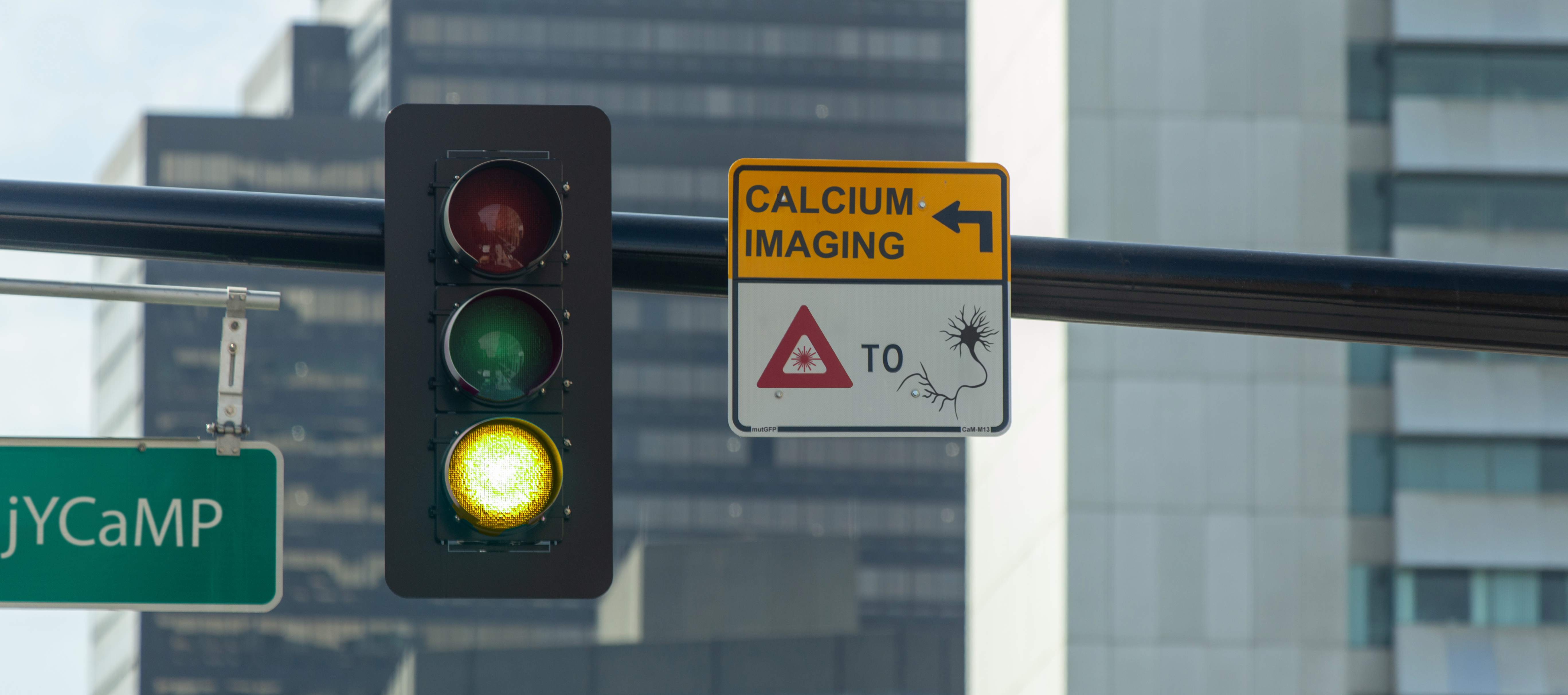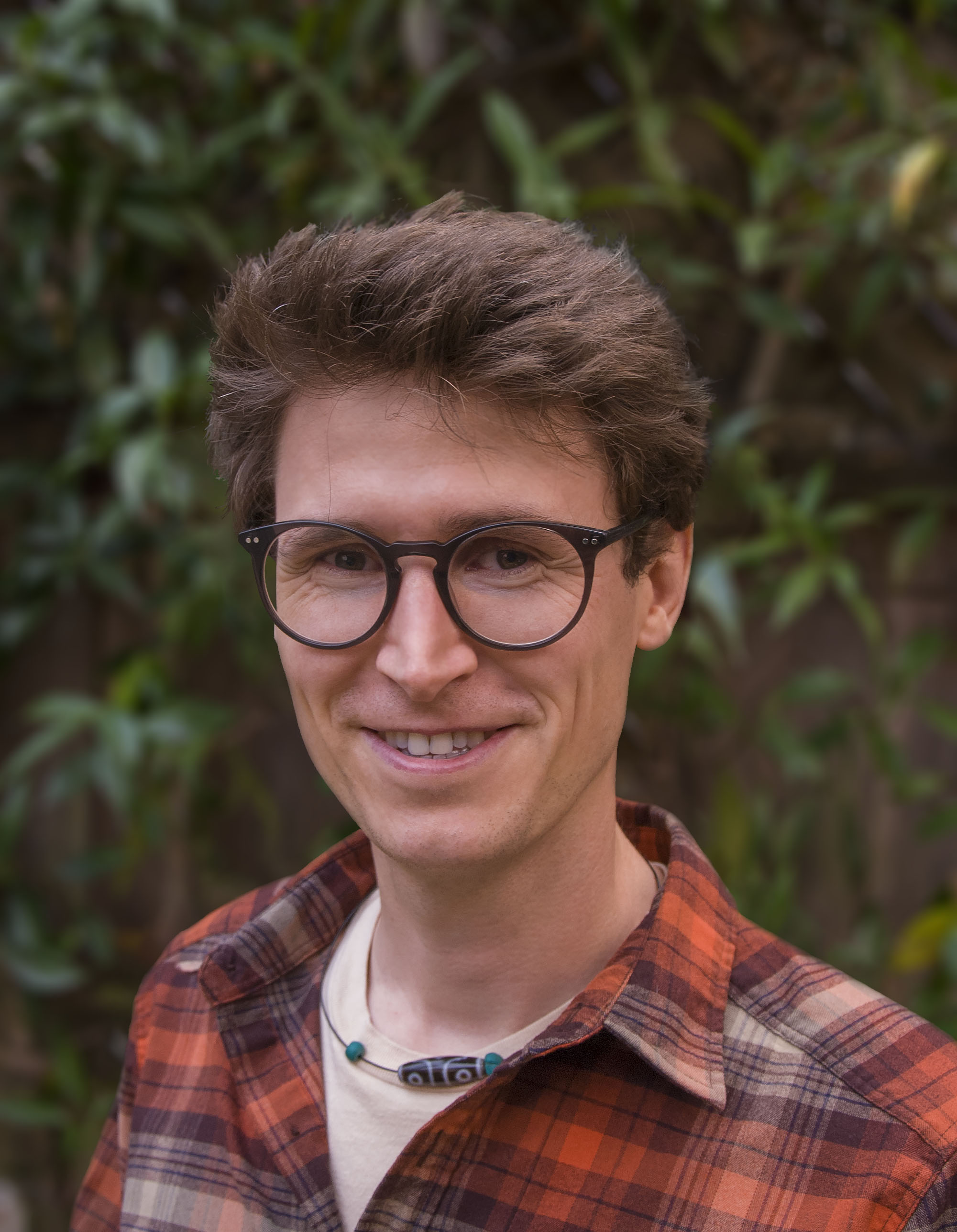Winners of the BNA Credibility Prizes 2024
17th April 2024
BNA Event - 30th Jun 2021

The BNA is delighted to be working with Scientifica and Chromacity to host this free webinar with speaker Dr Manuel Mohr, Stanford University on Wednesday 30th June, 5-6pm (BST).
Topics covered:
• Overview of Manuel’s development of YCaMP next-generation indicators for multiphoton imaging
• Why these probes were developed
• What they enable
• When they are used
• Benefits of using fixed-wavelength fibre lasers
• Look into the future - other calcium indicators and bioindicators
Two-photon (2P) in vivo functional imaging of genetically encoded fluorescent Ca2+indicators (GECIs) for neuronal activity has become a broadly applied standard tool in modern neuroscience, because it allows simultaneous imaging of the activity of many neurons at high spatial resolution within living animals.
Unfortunately, the most commonly used light-sources – tunable femtosecond pulsed ti:sapphire lasers – can be prohibitively expensive for many labs and fall short of delivering sufficient powers for some new ultra-fast 2P microscopy modalities. Inexpensive homebuilt or industrial light sources such as Ytterbium fiber lasers (YbFLs) show great promise to overcome these limitations as they are becoming widely available at costs orders of magnitude lower and power outputs of up to many times higher than conventional ti:sapphire lasers. However, these lasers are typically bound to emitting a single wavelength (i.e., not tunable) centered around 1020-1060 nm, which fails to efficiently excite state of the art green GECIs such as jGCaMP7 or 8.
To this end, we designed and characterized spectral variants (yellow CaMP = YCaMP) of the ultrasensitive genetically encoded calcium indicator jGCaMP7, that allows for efficient 2P-excitation at wavelengths above 1010nm.
In this talk I will give a brief overview over some of the reasons why using a fiber laser for 2P excitation might be right for you. I will talk about the development of jYCaMP and some exciting new experimental avenues that it has opened while touching on the prospect that shifting biosensors yellow could have for the 2P imaging community. Please join me for an interesting and fun discussion on whether “yellow is the new green” after the talk!

 Manuel obtained a Bachelor in Biotechnology from Technical University Munich in his home country Germany before moving to Switzerland to pursue a Master in Biotechnology and Systems Biology at the Swiss Federal Institute of Technology (ETH) Zurich. His thesis work in the labs of Daniel Müller and Botond Roska focused on designing viral tools for mechanically targeted viral infection (“viral stamping”) and sparked his interest in neuroscience and fluorescence imaging. Driven by this fascination he pursued his PhD studies in Periklis Pantazis’ lab at ETH Zurich, where he focused on novel processes in photoconvertible fluorescent proteins. Being awarded the Janelia Graduate Research Fellowship allowed Manuel to move his research to the Howard Hughes Medical Institute Janelia Research Campus, where he worked with Eric Schreiter and Loren Looger towards improving fluorescent indicators for neural activity, combining his love for imaging and biomolecular engineering with another passion: neuroscience. Currently, Manuel is a postdoc in Prof. Xiaoke Chen’s lab at Stanford University, where he continues to engineer novel tools of broad use to the neuroscience community while also collaborating with imaging experts at UC Berkeley, using next generation multi-photon imaging techniques to unravel functional architecture in the mouse spinal cord.
Manuel obtained a Bachelor in Biotechnology from Technical University Munich in his home country Germany before moving to Switzerland to pursue a Master in Biotechnology and Systems Biology at the Swiss Federal Institute of Technology (ETH) Zurich. His thesis work in the labs of Daniel Müller and Botond Roska focused on designing viral tools for mechanically targeted viral infection (“viral stamping”) and sparked his interest in neuroscience and fluorescence imaging. Driven by this fascination he pursued his PhD studies in Periklis Pantazis’ lab at ETH Zurich, where he focused on novel processes in photoconvertible fluorescent proteins. Being awarded the Janelia Graduate Research Fellowship allowed Manuel to move his research to the Howard Hughes Medical Institute Janelia Research Campus, where he worked with Eric Schreiter and Loren Looger towards improving fluorescent indicators for neural activity, combining his love for imaging and biomolecular engineering with another passion: neuroscience. Currently, Manuel is a postdoc in Prof. Xiaoke Chen’s lab at Stanford University, where he continues to engineer novel tools of broad use to the neuroscience community while also collaborating with imaging experts at UC Berkeley, using next generation multi-photon imaging techniques to unravel functional architecture in the mouse spinal cord.

Scientifica are annual supporters of the British Neuroscience Association. If your organisation is interested in supporting the BNA then please email office@bna.org.uk,